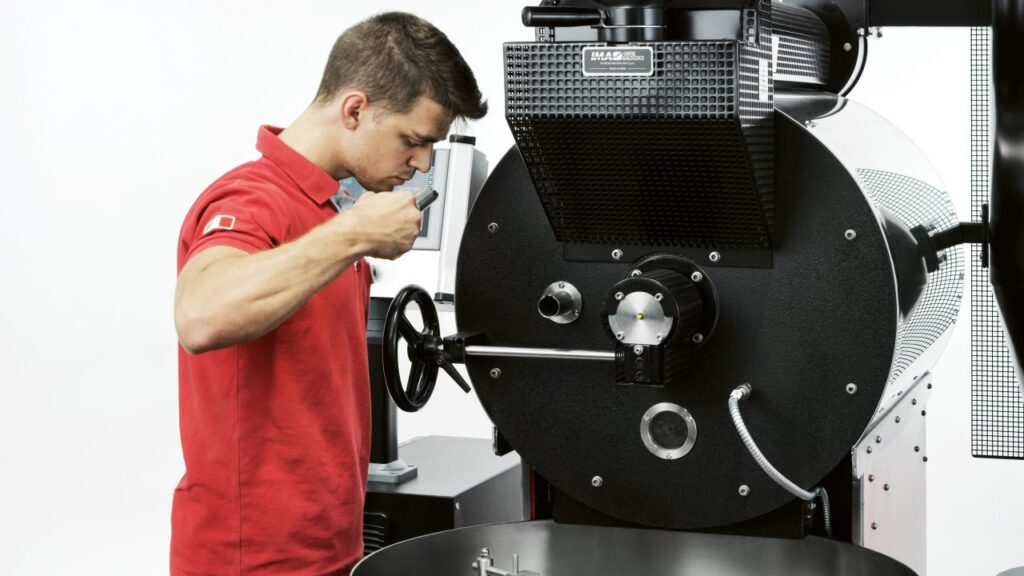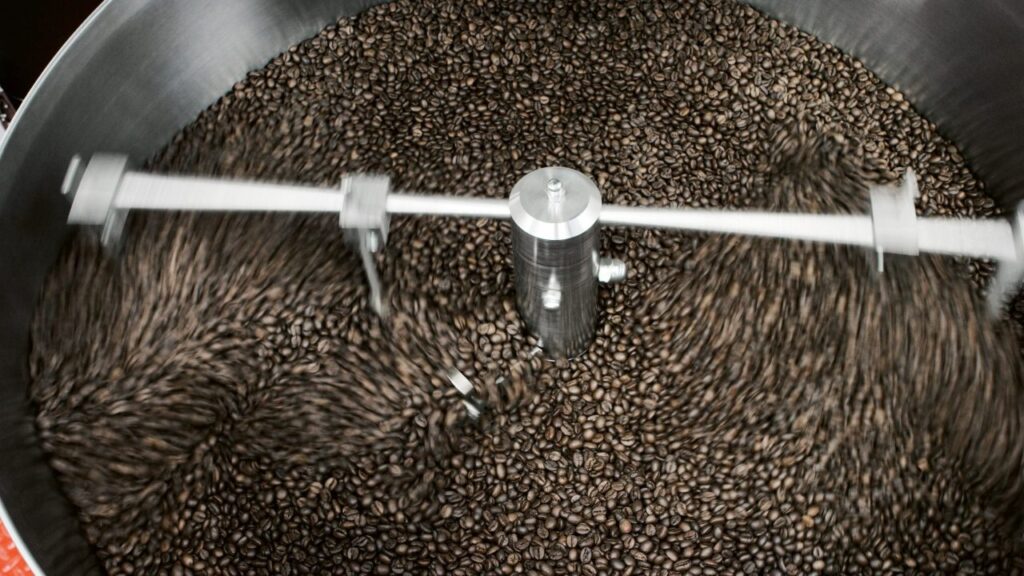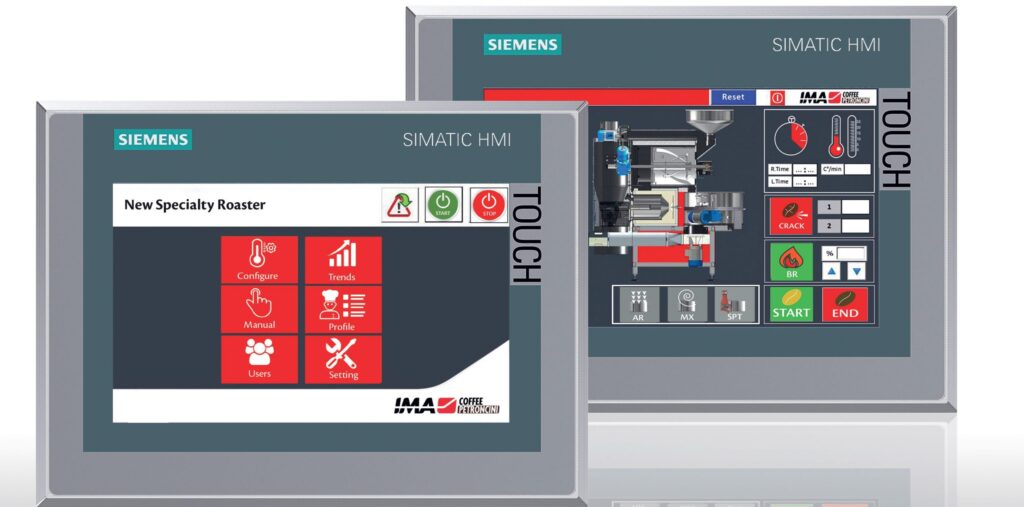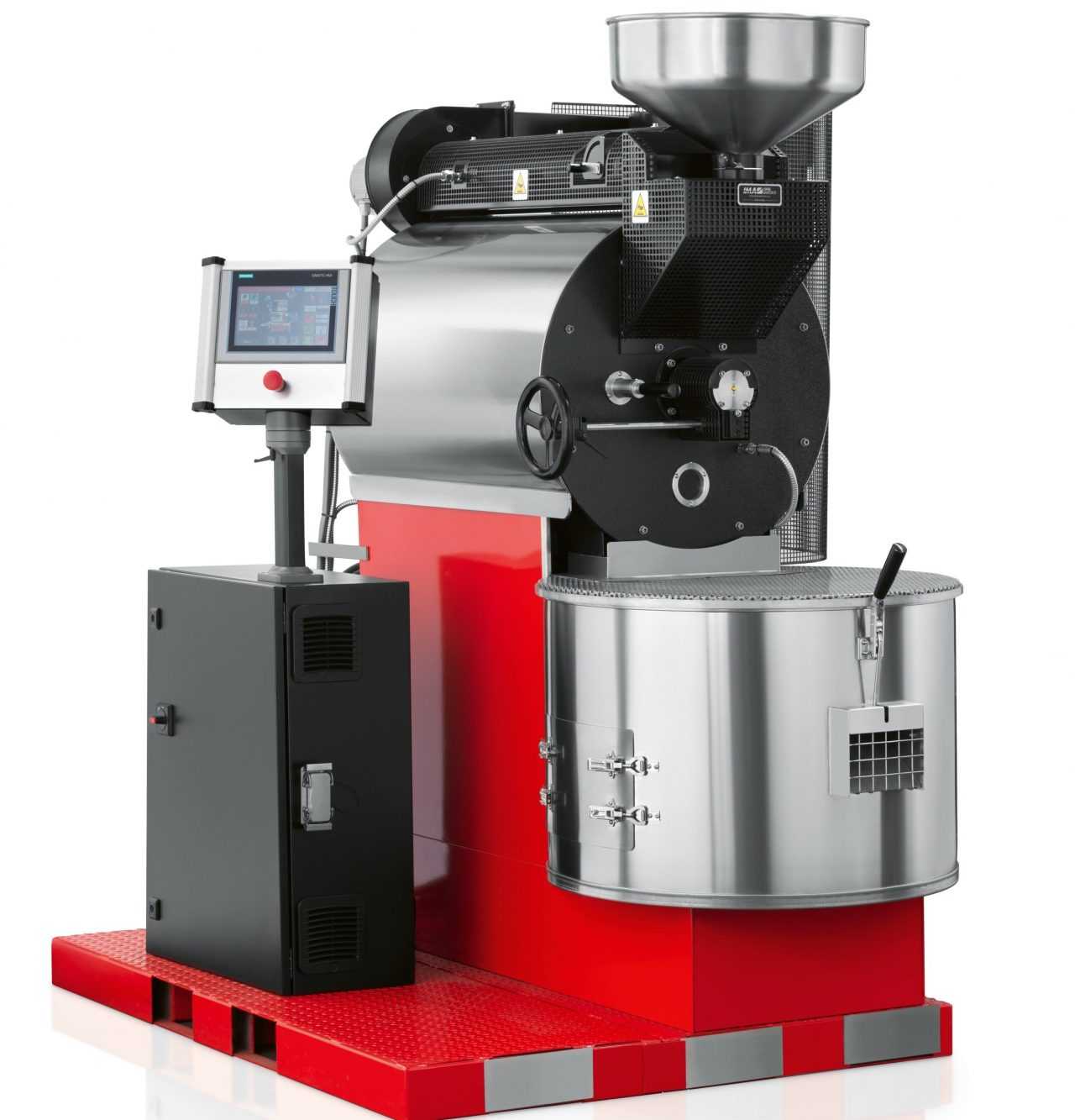MILAN — A new model of Specialty Roaster TT 5/10, the Petroncini roasting machine that roasts from 3 to 10kg per batch, is set to go on display at Sigep (hall D1, stand #008). Compact and easy to install, thanks to its single-phase power system, the new TT5/10 has been designed for small specialty roasteries and for coffee research and training centers.
Roberto Pedini, Petroncini Sales and Product Manager, about the Specialty Roaster TT 5/10
Why are these machines defined as milestones for the company?
“I’ve been working in the world of coffee for 29 years now and I have seen firsthand how roasting machines have evolved over the years. Naturally, I’m mainly talking about the changes and improvements applied to Petroncini machines, but also about all of the other roasters available on the market in recent years. The answer, which may seem obvious, in reality isn’t.
Since the early 1930s, sound experience and ongoing research into optimising the roasting process were tangible elements in the evolution of the Petroncini 15kg roaster, sold all over the world.
The company’s milestones, even in this past century’s highly technological evolution, have always paid attention to the choice of materials used and their improved product engineering.
The drum fly wheels are in cast iron, a material that is not subject to instability at high temperatures; the walls are in ferritic steel; the cooling chamber in stainless steel, perfect for processing food at low temperatures.
The innovation applied to these machines over the years has in no way affected the quality of the materials and the robustness of the original product, but instead has set out to put the master roaster at the centre of the process, making him increasingly aware of the technology and giving him all the tools necessary to personalise his quality roasting profile in the way he prefers.
We are always saying that creativity in personalising the product is in the hands of the roaster, and we want to provide all the tools capable of turning that creativity into reality.”

What are these tools that can help the roaster’s creativity?
“Thanks to heat control, roasting air volume and the drum rotation speed, this roasting machine can in fact let you vary the method of transferring heat to the bean, achieving a perfect balance between convection and conduction, according to the desired end product. We can thus succeed in achieving countless sensory profiles, developing the coffee’s deepest aromas, from light roasting to the very darkest.
The Specialty Roaster TT5/10 is actually equipped with two independent suction systems, one for roasting and one for cooling, so that the two phases can be carried out simultaneously and in full capacity between one batch and another, without neglecting the cooling phase.”
Why is the cooling phase important?
“The cooling phase is very important and an active part of the roasting process, as it is the true completion of the roasting. Too often this phase is underestimated, yet it is fundamental to preserve the final quality of the roasted coffee. Effective cooling must quickly stop the thermal inertia caused by gases and by self-burning inside the beans.
The temperature must be reduced as quickly as possible, in about one minute, to below 110-120°C, thus stopping the internal reactions that might otherwise over-carbonise the sugars, resulting in too much bitterness and hints of burned taste. I spoke about it in-depth in one of the recent Petroncini coffee webinars for the Coffee Maestro’s Stories series aired on IMA Connect.”

How does the roasting process occur in these small machines?
“Another plus of these small but strong roasters is the very heart of roasting, namely the way in which the heat is transferred to the coffee beans. The thermal energy cycle adopted by the Specialty Roasters allows for the direct and gentle drying and caramelisation of the coffee sugars, putting the source of heat not in direct contact with the roasting chamber, in order to be able to control the amount of heat transferred to the bean and reduce uncontrollable thermal inertia as much as possible.
Having good thermal insulation of the external surfaces is an added value which these machines have been able to boast for almost 100 years now. The Specialty Roasters thus offer a “soft” roasting profile which allows for even heat distribution to the beans, taking care of the raw materials so as to achieve high quality aromatic profiles.”
Maestro has been created for operations

“Yes, today, these machines are equipped with high-performance and adjustable technological components, which allow for full control of the roasting process. MAESTRO is the roasting software applied to the Specialty Roasters, available in the Classic as well as Avantgarde version. The Classic guarantees complete freedom of manual temperature control and other parameters, having however the option of viewing the roasting curve and current temperatures, controlling the Rate-of-Rise and recording the first and second Crack temperatures in just one click.
The Avantgarde version instead is ideal for those who prefer to re-set the different desired roasting profiles, save the recipes, export the roasting data and organise them later as preferred. We can say that the Avantgarde version is a valid partner for achieving a product that is constant from a quality viewpoint and repeatable in terms of taste and aromas, being able to determine and establish right from the beginning what the final characteristics of my end product will be, in terms of taste, olfactory, organoleptic and even physical characteristics, that is, the actual appearance of the product.
It is obvious that by controlling just the roasting temperature, we cannot be sure we will have the same time in the various roasting cycles, which depends on different characteristics, including those of green coffee. Constantly controlling the roasting time means the final product is always the same. No less important is how the different phases of coffee roasting are managed, which has a decisive effect on the final taste and aromas.
We could have an identical green coffee, roasted at the same final cooking temperature, for the same amount of time, but with completely different tastes and aromas. That’s why it is important to have time control as an independent parameter even during the development of the different roasting phases, so as to set a specific profile and be able to achieve it faithfully during the actual roasting process.
Petroncini will be there at Sigep in hall D1, stand #008, together with three other IMA coffee Hub companies, making for a real coffee centre, unique worldwide and able to offer specific technical solutions for the whole coffee processing cycle, from green coffee reception systems to packaging in bags, capsules and paper pods: one single partner capable of meeting the needs of coffee roasters all over the world.


















